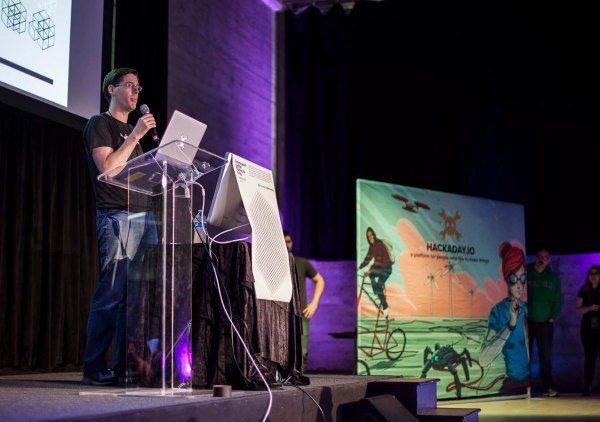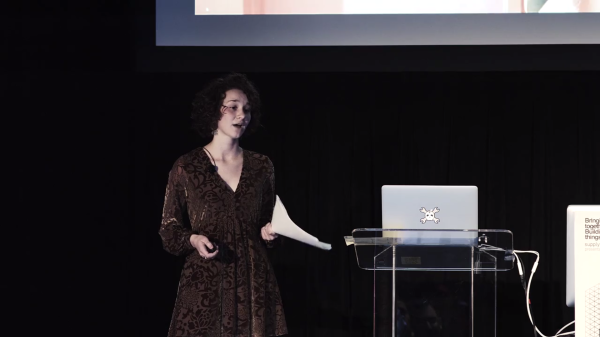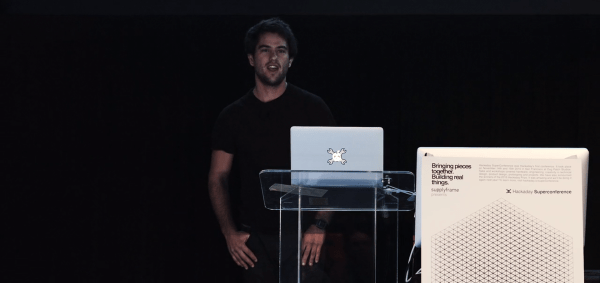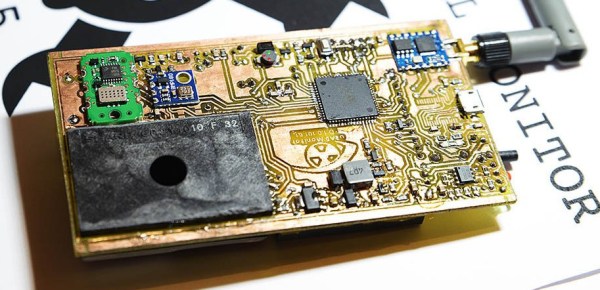I had the honor of speaking at the 2015 Hackaday SuperConference in November on the topic of Hackaday’s Editorial Vision. We are bringing to a close an amazing year in which our writing team has grown in every respect. We have more editors, writers, and community members than ever before (Hackaday.io passed 100,000 members). With this we have been able to produce a huge amount of high-quality original content that matters to anyone interested in engineering — the best of which is embodied in the expansive Omnibus Volume 2 print edition. 2015 also marked an unparalleled ground-game for us; we took the Hackaday Prize all over the world and were warmly greeted by you at every turn. And of course, the Hackaday SuperConference (where I presented the talk) is a major milestone: Hackaday’s first ever full-blown conference.
So this begs the question, what next? What is guiding Hackaday and where do we plan to go in the future? Enjoy this video which is a really a ‘State of the Union’ for Hackaday, then join me after the break for a few more details on why we do what we do.

















